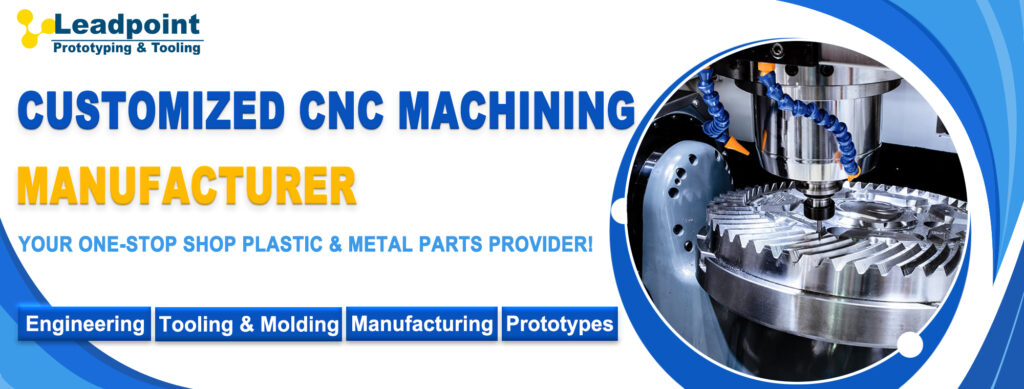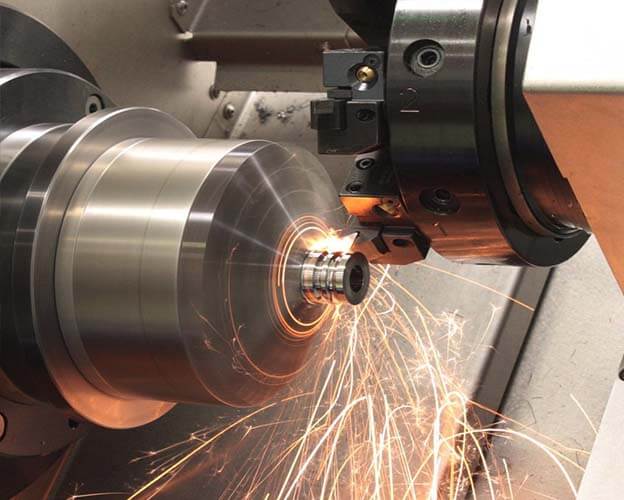

Prototyping is crucial in product development as it allows developers to test and improve their designs to optimize performance. There are different methods or techniques to create rapid prototypes, and CNC prototyping is one of them. It involves testing, modification, and multiple iterations.

Rapid CNC prototyping uses a variety of machining processes, including milling, drilling, tapping, threading, slotting, and more. First, the CAM software finds the best machining path, and then the CNC machine executes that information after setting up the appropriate tool and clamping the workpiece.
This means that you can choose from a wide range of machining operations for prototyping, providing engineers with design flexibility.
Material versatility: CNC machines can process metals, alloys, plastics, composites, and other materials.
Value for money: It is cost-effective to produce a few prototypes using CNC, and there is also an easy expansion option available to you.
Surface finish: CNC machines provide a uniform surface texture for prototypes.
Structural integrity: CNC prototyping is a subtractive manufacturing method that keeps the original properties of the workpiece intact.
Defects and other issues: You can easily detect various defects in your design using CNC prototypes.
Moreover, rapid prototyping provides room for future scalability. It can easily go from prototype to finished product with constant testing and finding refined solutions. Small batch production From medium batch production to final mass production. At the same time, mass production is more expensive because it does not require separate processing and procedures.